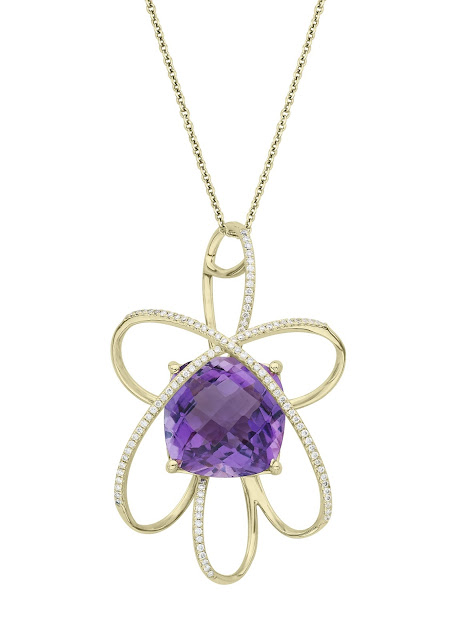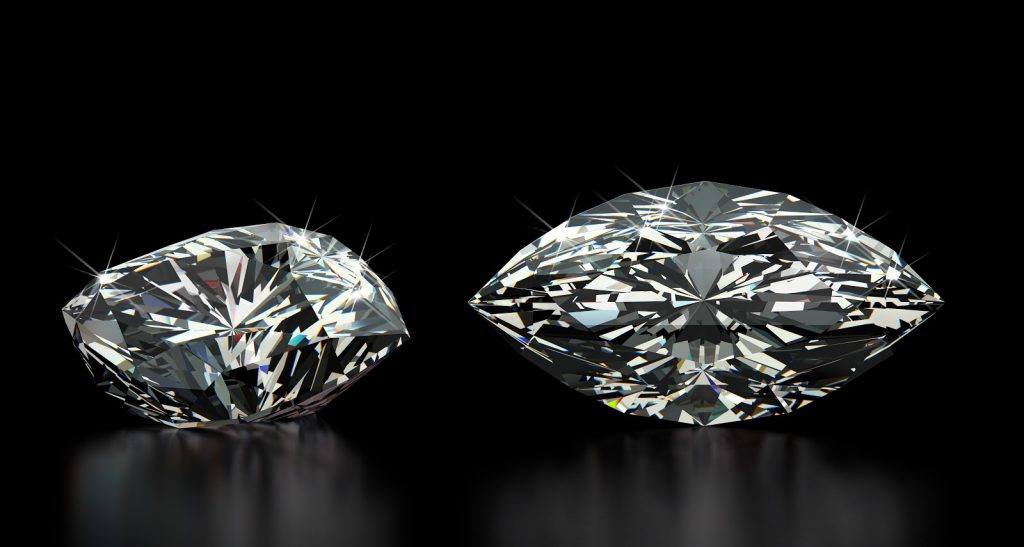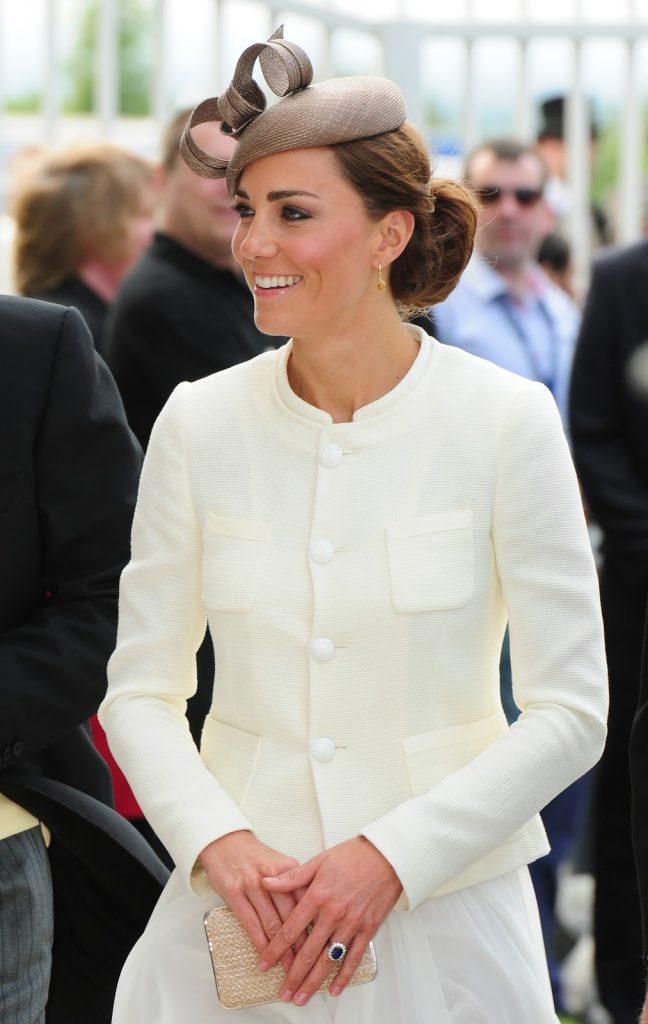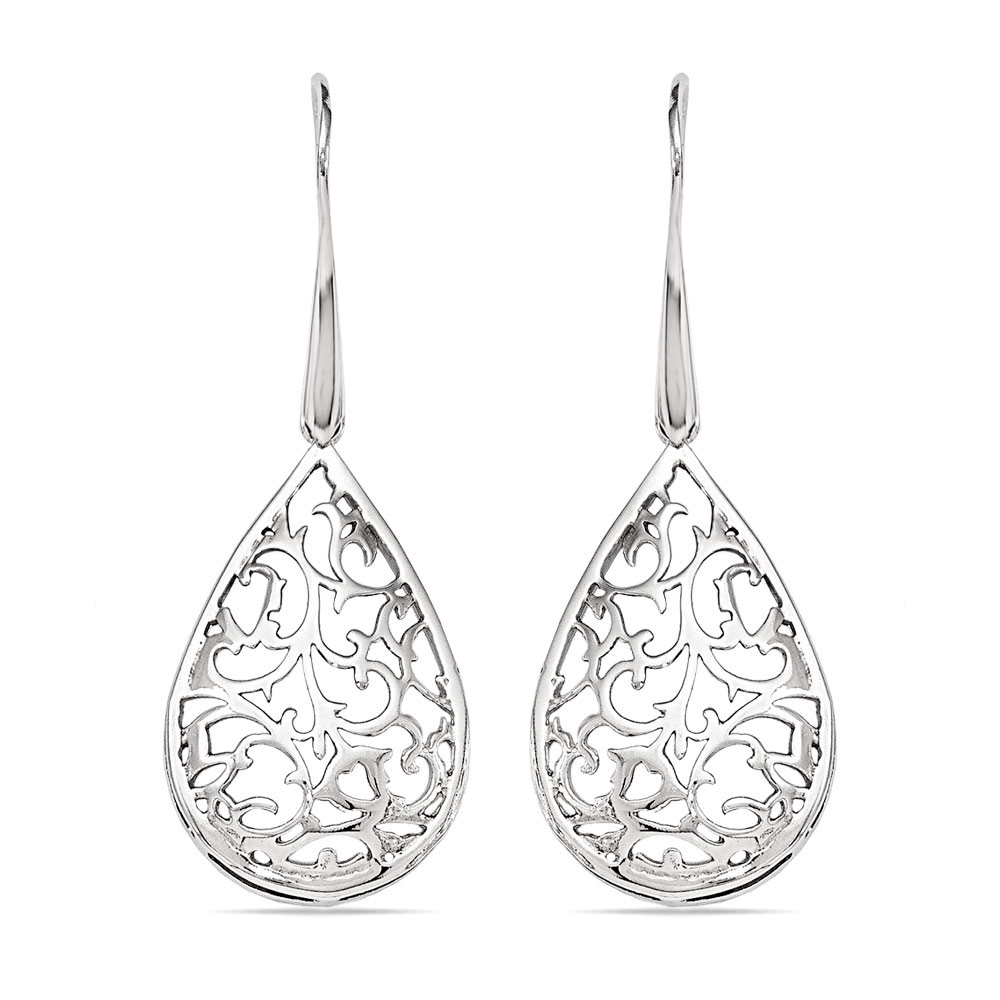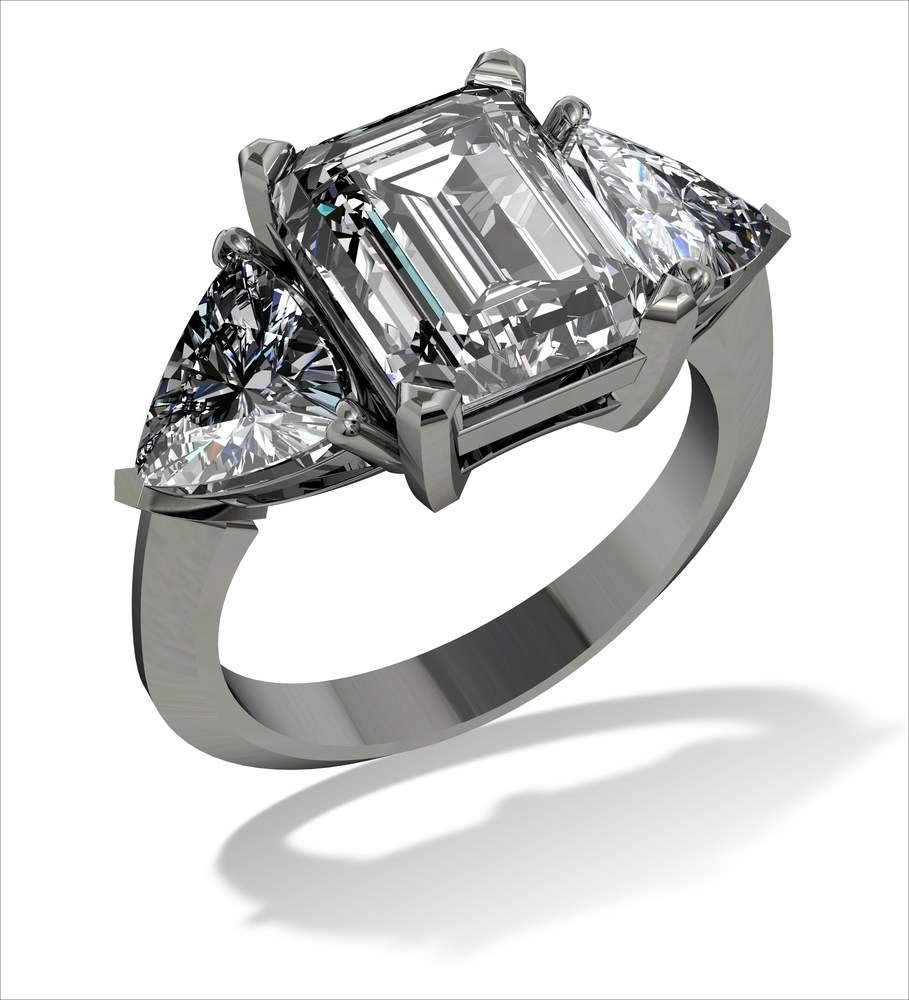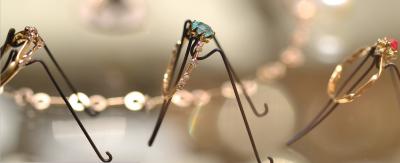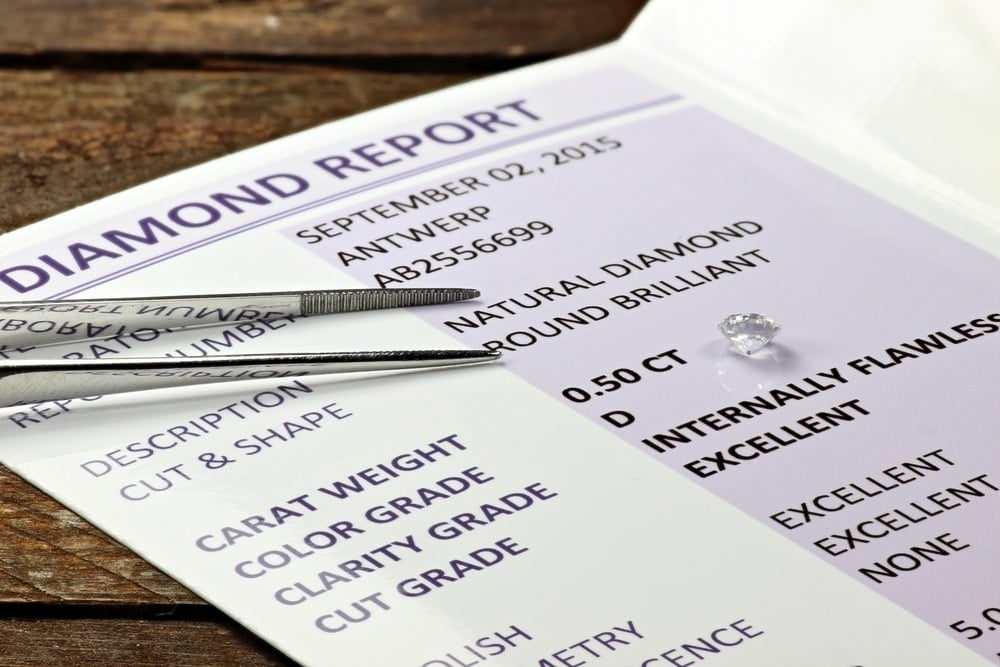Enthusiasts

Georgian Era - Revolution & Romance
IsadorasThe Georgian Era spanned revolutions, the Rococo movement, and the Romantic era of art, literature, music, and intellectual thought. Marie Antoinette literally lost her head, Mozart was born and later died at the age of 35, George Washington became the first United States president, and Catherine the Great ruled Russia.
This era was a multi-faceted backdrop for travel, exploration, and the changing role of women in society. And as fashions changed, jewelry did too, transforming with the times and reflecting history.
The Georgian Era is considered to date from 1714-1835 and was aptly identified for the four English kings that ruled during this time, all named George. But when we think of the Georgian Era, we include what was happening across the globe - not only in Britain.
At Isadoras we are appreciative of each Georgian Era piece that we add to our curated antique collection, for we believe that the beauty and wonder of Georgian Era jewelry is truly special. These hard-to-find pieces are wonderful investment-worthy additions to your own heirloom collection.
A portrait of Marie Antoinette below, circa 1775, portrays the young queen at age twenty. On the right, just a few of Marie’s elegantly adorned shoes.

Jewelry during this era was painstakingly handcrafted using labor-intensive processes. Gold alloys were 18 karats and higher and had to be hammered into thin sheets before they could be used to make jewelry. It is no wonder that Georgian Era jewelry is famous for painstaking metal work that could only be executed by hand.
Most gemstones were placed in closed-back settings with a delicate foil background meant to enhance the gemstone’s brilliance in candlelight. For example, Madame Pompadour’s diamond parure was foiled with pale pink, green, and yellow, to tint the diamonds with a gentle hue. This is quintessential Georgian technology. And, because the foil is so delicate, these pieces are extremely fragile.
We caution our customers who wish to purchase Georgian foil-backed rings, that these antique pieces need a little extra care, and must be removed before hand washing or performing any strenuous activity that might harm the ring.
Common jewelry motifs at the time included flowers, ribbons, bows, and leaves.
But history dictated the jewelry design of the moment. From 1706 to 1814, Pompeii was under excavation and Neoclassical Roman and Greek motifs became popular, bringing the cameo back into fashion. After Halley’s Comet was seen in 1758, stylized comets became a popular motif.
Brooch design influenced by Halley’s Comet, circa 1835.

Jewelry styles were made for the time of day at which they should be worn.
During the day, women wore necklaces, chatelaines (attachment of a watch or keys to the wearer’s belt), a cameo or lace pin, small colored stone rings, and matching bracelets worn in pairs. Earrings could be any length.
One example of a daytime piece is the lovely 10KT gold Georgian Era quartz intaglio ring below.

Colored gems were usually considered appropriate for daytime wear – this included moss agate, moonstone, and the ever-popular garnet. It is interesting to note that gems had a much less refined appearance than they do today for the simple reason that the machinery used to create faceted stones had not yet been invented.
Trendsetter Empress Josephine, circa 1820. And below, a Georgian Era zircon and diamond ring. The accent diamonds on the shoulders of the ring are bead-set in platinum to highlight their sparkle.
Trade cards (business cards) were quite elaborate and detailed an artisan’s area of expertise.

Jewelry was expensive and time-consuming to make, so pieces were often designed to be convertible. For example, a necklace would become two bracelets. Post earrings worn during the day transformed to night-appropriate with the addition of a jeweled drop.
The magnificently piled-high hairstyles of the elite required jeweled adornments. Tiaras, coronets, bandeaus, and diadems were made in every motif, with a variety of colored gems and diamonds.

No matter what style or which jewelry piece was worn, it was of the utmost importance that the jewelry glitter and glisten in the warm candlelight. For this reason, iron and cut steel were popular materials; rose- and mine-cut diamonds were all the rage for evening wear. Silver was used to set highly-coveted diamonds off to their best advantage – these settings would often be augmented with gold for strength.
Georgian jewelry is very hard to find today. During this era, the parts of a ring were deemed more valuable than the entire piece, so it was common for a ring’s metal to be melted down and the stones removed to create a completely new piece.
Much of the jewelry surviving from this era is made from less expensive stones and therefore remains intact rather than being broken down for parts.
It is important to note that no hard line of demarcation separates one jewelry era from the next. Georgian Era jewelry elements and themes continued well into the Victorian Era. And like today, fads dictated change. The wealthy would often take their out-of-date jewelry pieces and have them redesigned to represent the latest fashion.
Voila! What is old, has become new again.
Enjoy our entire collection of Georgian jewelry online, or visit us in-store.
Below, are some of our favorite pieces from the Georgian Era.

Upper Left: Rare Georgian Diamond Ring
Upper Right: Antique Georgian Topaz Ring
Lower Left: Georgian Garnet Seed Pearl Ring
Lower Right: c. 1800 Enamel Seed Pearl Ring

Upper Left: Georgian Mourning Ring
Upper Right: Rare Georgian Mourning Ring
Lower Left: Georgian Rock Crystal Mourning Ring
Lower Right: Georgian Cut Steel Earrings
If you have any questions, you can reach our knowledgeable staff at 206.441.7711, or e-mail Isadoras Antique Jewelry at info@isadoras.com.






